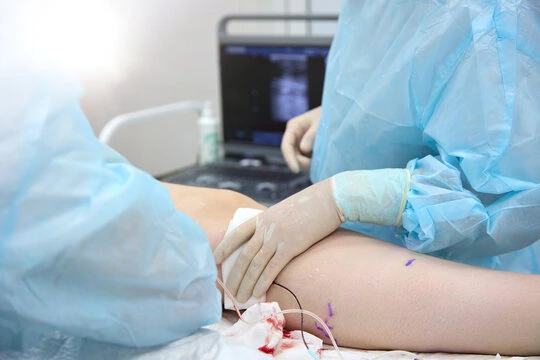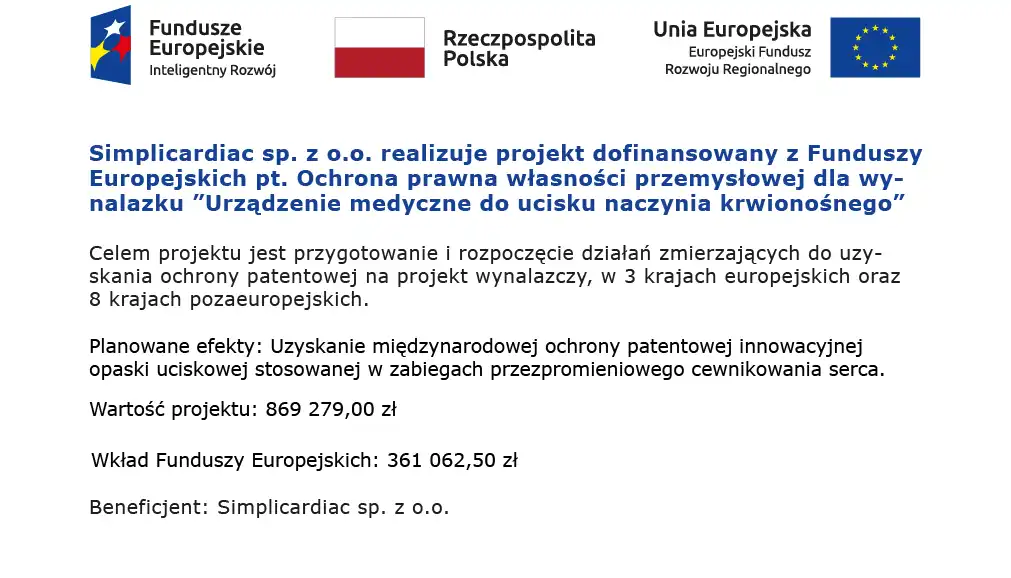Arterial wound closure devices play a crucial role in ensuring efficient closure and healing following cardiac catheterization procedures. These devices are specifically designed to seal puncture sites in arteries, such as the radial and femoral arteries, through which catheters are inserted during cardiac interventions. One commonly used type of closure device is the vascular closure device (VCD), which offers a minimally invasive alternative to traditional manual compression techniques. VCDs work by deploying either a collagen plug or a suture-based mechanism to seal the arterial puncture site, thereby reducing the risk of bleeding complications and expediting patient recovery.
The deployment of arterial wound closure devices offers several advantages over manual compression methods. Firstly, these devices significantly reduce the time required for hemostasis compared to manual compression, allowing patients to achieve ambulation sooner after the procedure. Additionally, arterial closure devices minimize the need for prolonged bed rest, decreasing the risk of complications such as hematoma formation and nerve injury associated with prolonged immobilization. Moreover, by providing consistent and reliable closure, these devices contribute to improved procedural outcomes and patient satisfaction following cardiac catheterization.
While arterial closure devices have revolutionized post-procedural care in cardiac catheterization, their selection and use should be guided by careful consideration of patient factors and operator expertise. Factors such as arterial size, patient anatomy, and the presence of comorbidities may influence the choice of closure device and technique. Furthermore, adequate training and proficiency in deploying these devices are essential to ensure optimal outcomes and minimize complications. With ongoing advancements in technology and procedural techniques, arterial wound closure devices continue to evolve, offering safer and more effective solutions for achieving hemostasis following cardiac catheterization.



